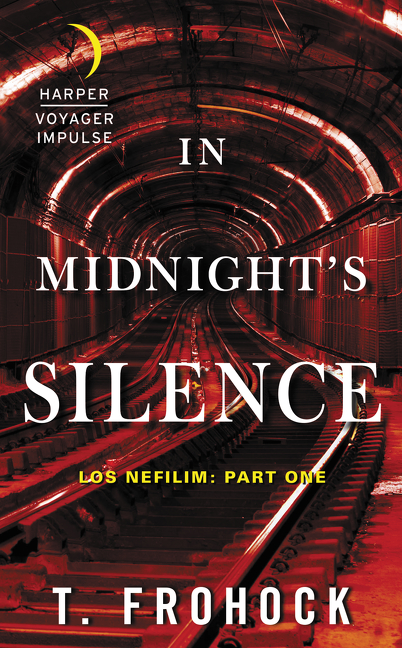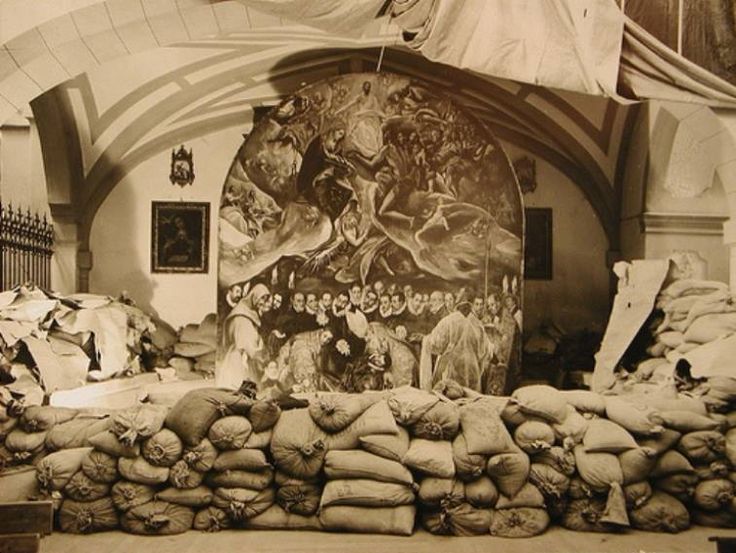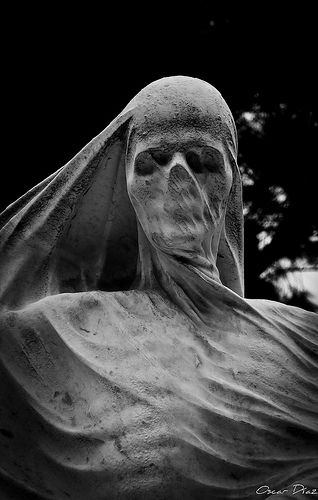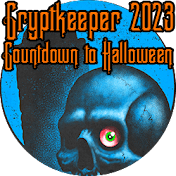After making the log book for the Screaming Grimoire, I wanted to try another book with French binding. Got the sophomore blues a bit, but I still had fun.
I started by cutting some 9×12″ drawing paper in half, as I only wanted a little book. Creased, folded, and nested, I ended up with four signatures of four sheets each, making a total of 64 pages. Now they get pressed under a brick for a day.
Then I had to do math. Luckily, it was easy. I wanted to start my stitch holes ½” from the ends, then I needed four more holes to make six. The final four ended up an inch apart. Yes, I had to use a calculator. Shut. Up. So why the Scrabble board? I’d bought a few at thrift stores and garage sales to get the tiles. The extra game boards came in handy for building a punching cradle, and boy am I glad I did–though mine is simpler than the one linked. It makes the hole punching so much easier. Here you see the template I made, sitting over the signature that’s getting punched.
My cover paper is another thrift store find. Very pretty handmade paper new in the roll for $1.50. I win. It was a bit thin for this application, so I saturated both sides with matte varnish and let it dry. Didn’t make it a lot stronger, but good enough to fold.
Though as it turns out, not strong enough to punch. I ended up putting a strip of book tape on the bit to be punched. It will barely show when the book is finished.
Stitching the first signature to the back cover with some pretty blue hemp. It’s waxed, but I run it through Thread Magic anyway, because tangles suck. That big paper thing in the background is a paper-covered brick, to keep the pages in place while you stitch.
All stitched. A little sloppy, as you can see when you look up instructions for French binding. I didn’t realize it at the time, but one of my kettle stitches was loose, so the book was also kinda loose. Sad face.
Next, I put down some wax paper and glued the spine. Then I move the book back on the paper so no extra glue is touching, fold the paper over, and the brick goes on top to press everything for several hours.
So how this fold goes: you lay it down like it’s another page–that’s your endpaper. Leave a little skosh room that you’ll trim later, and crease and fold at the spine. Stitching happens after that. Once stitched, you fold the cover forward then back again, and trim the endpapers. The actual cover is those two pieces of folded paper….
….and that bit left on the end gets glued down to cover the spine.
Next, decorate the cover! I’ve been on a tissue kick, so I ran some different tissues through a die cutter, and made a little cemetery scene. Pieces were attached with matte medium, and the whole front cover got a coat afterward.
This was as much fun as making the first book. Of course I want to try it again, and actually get the stitching tight!



























